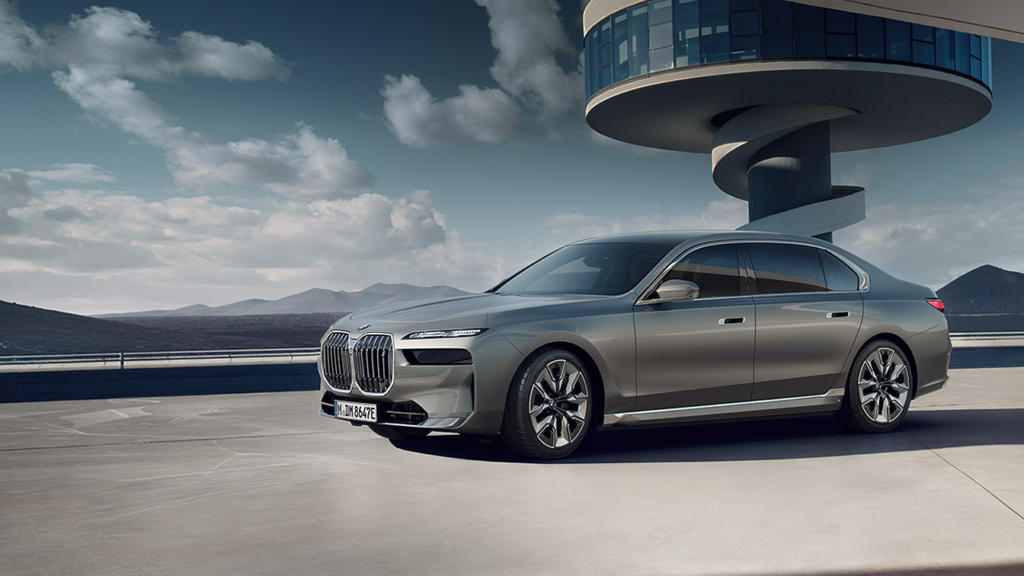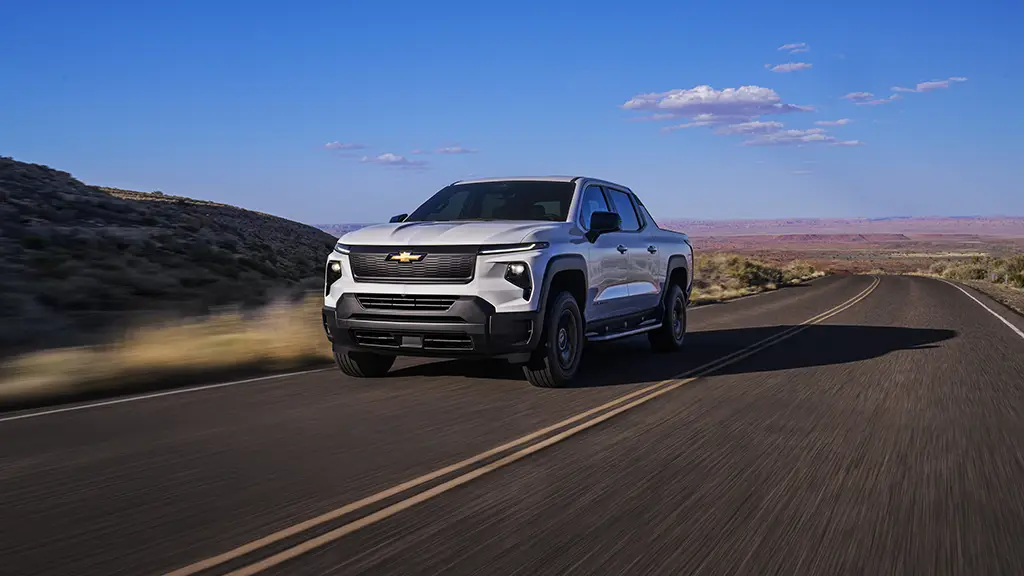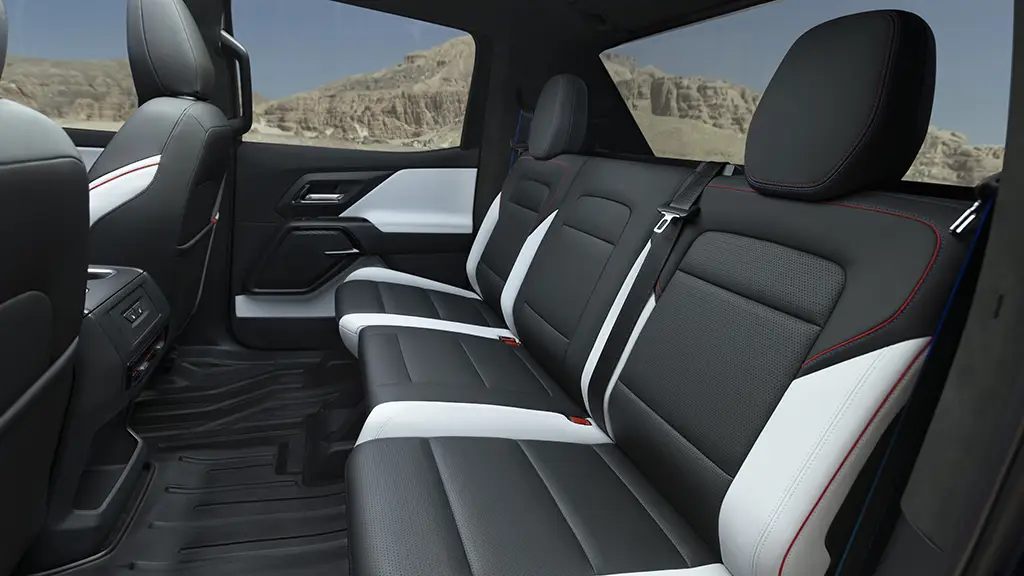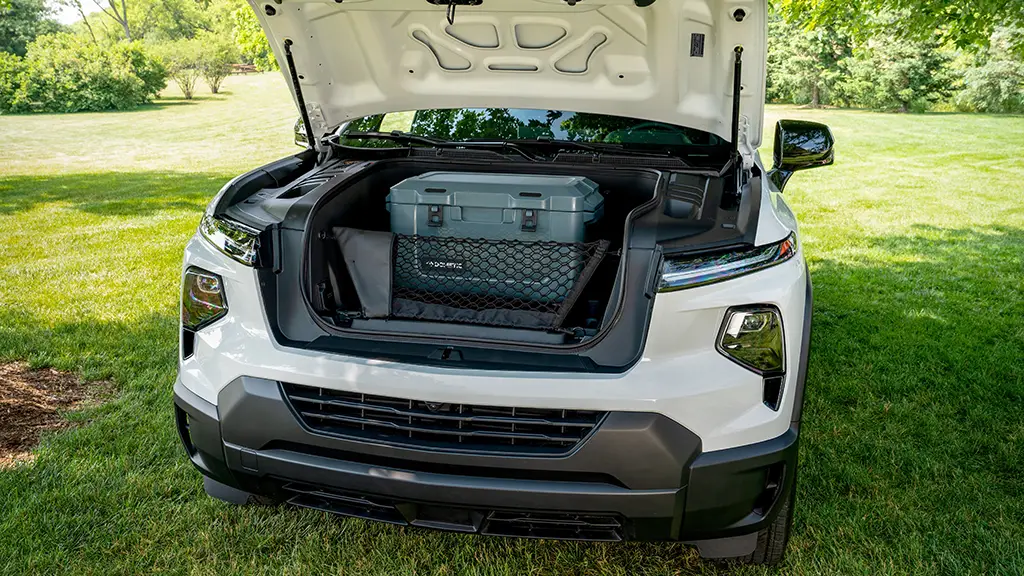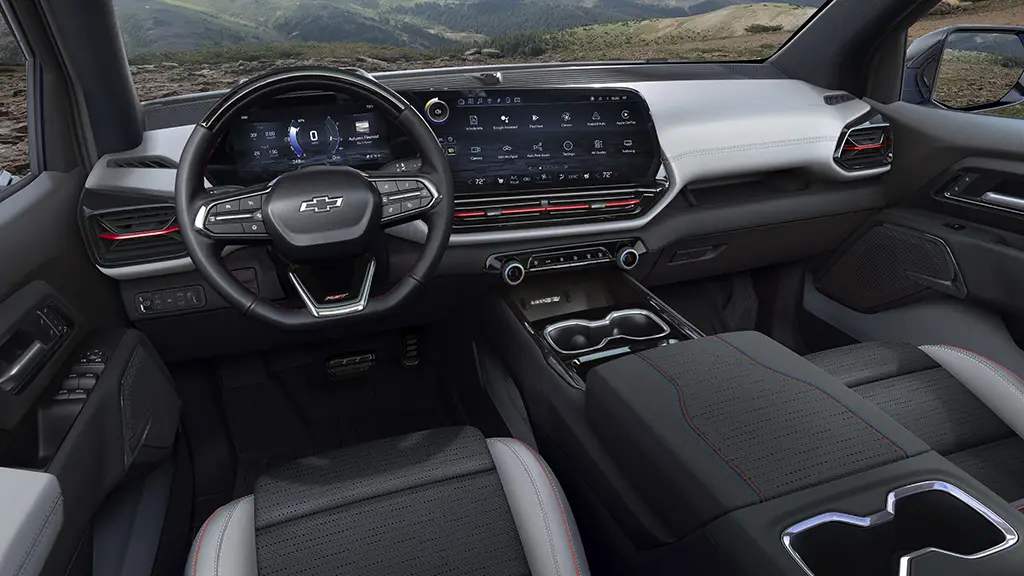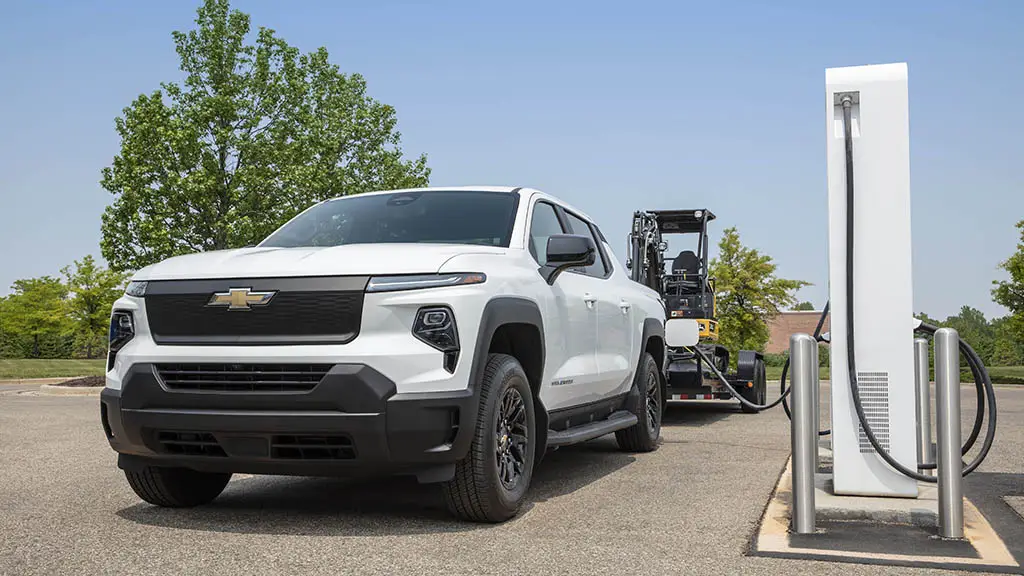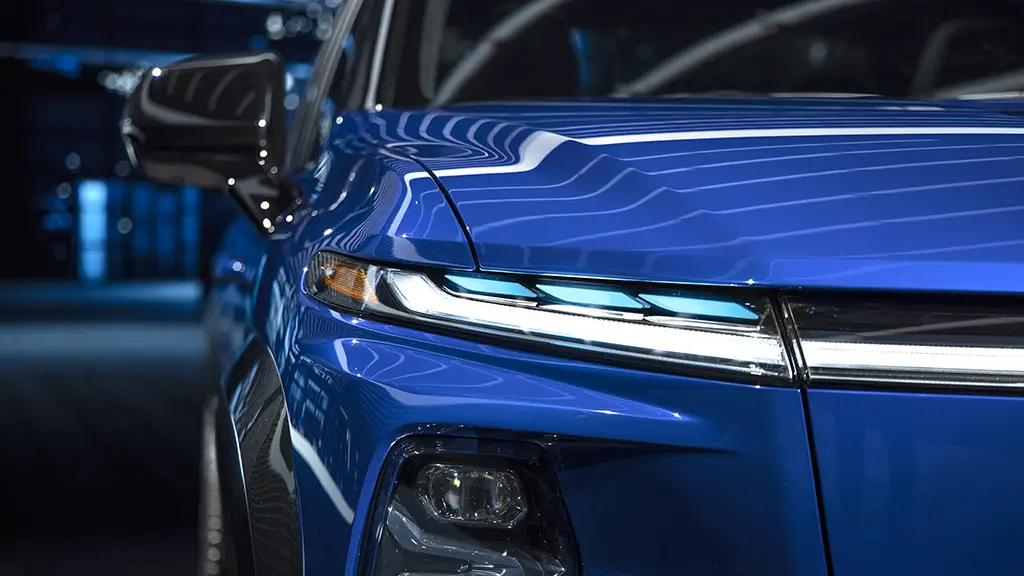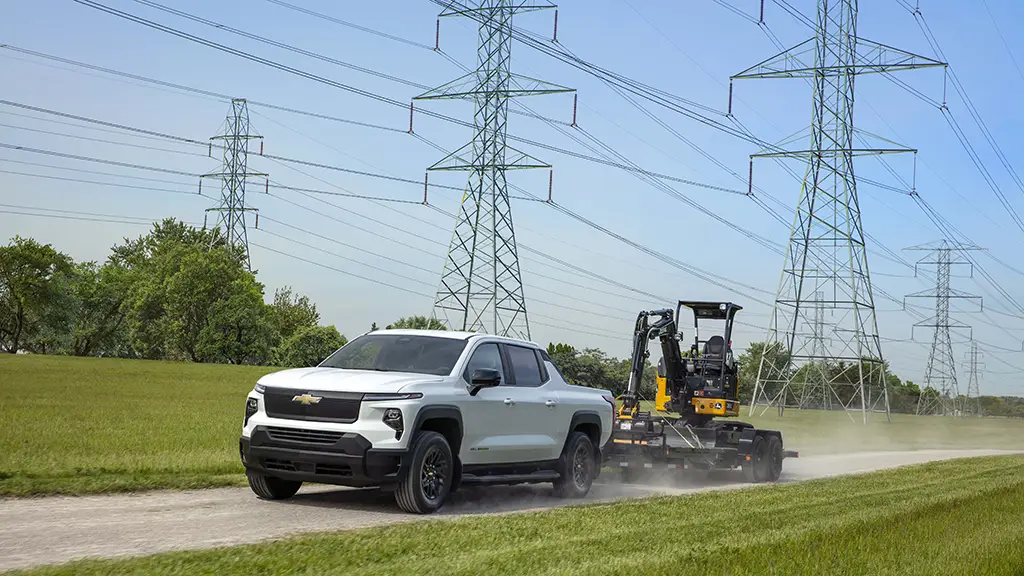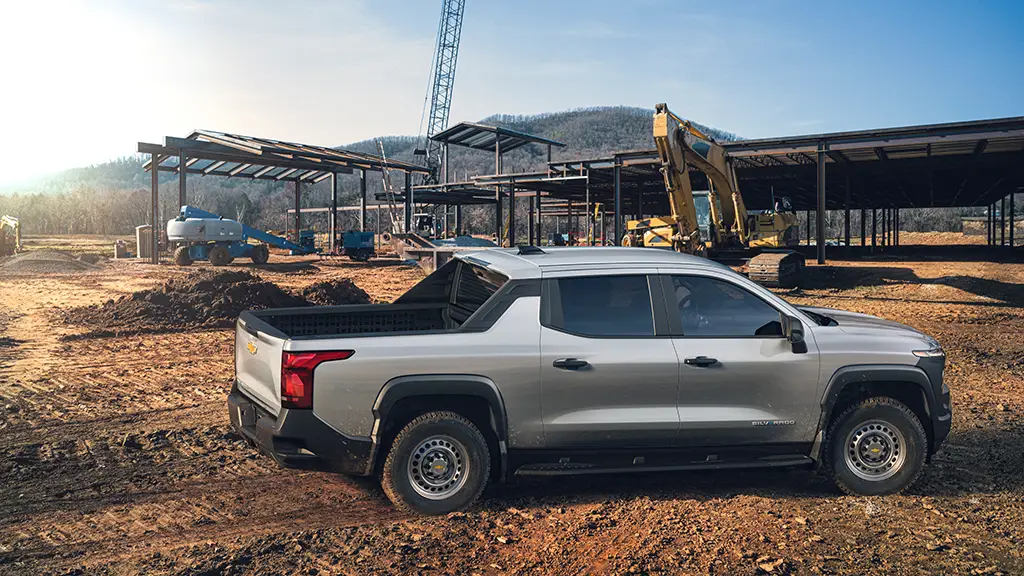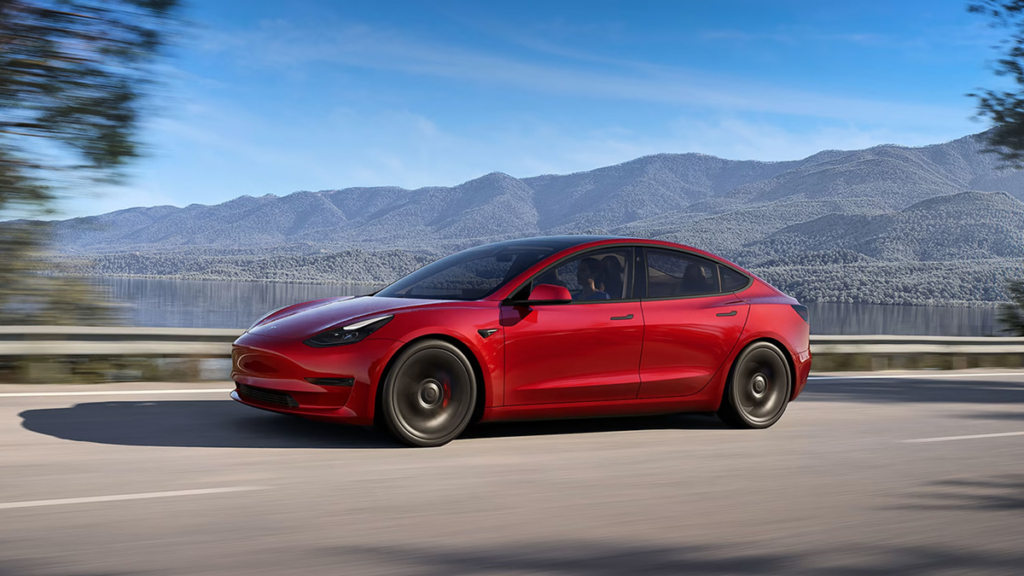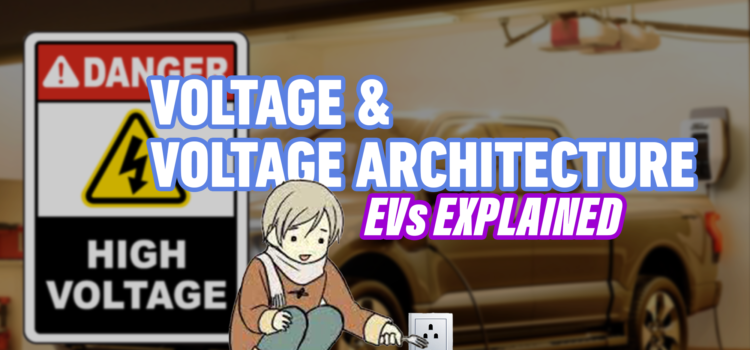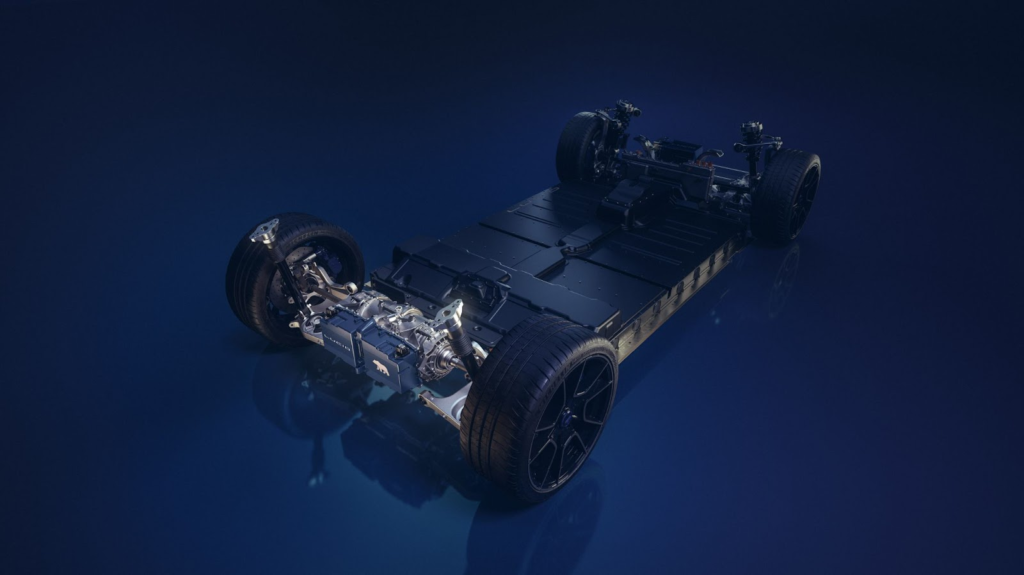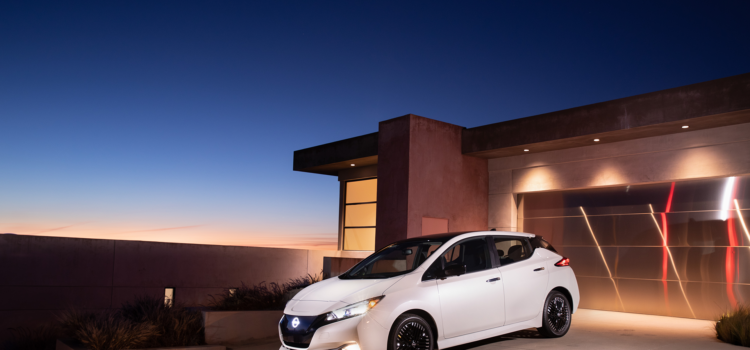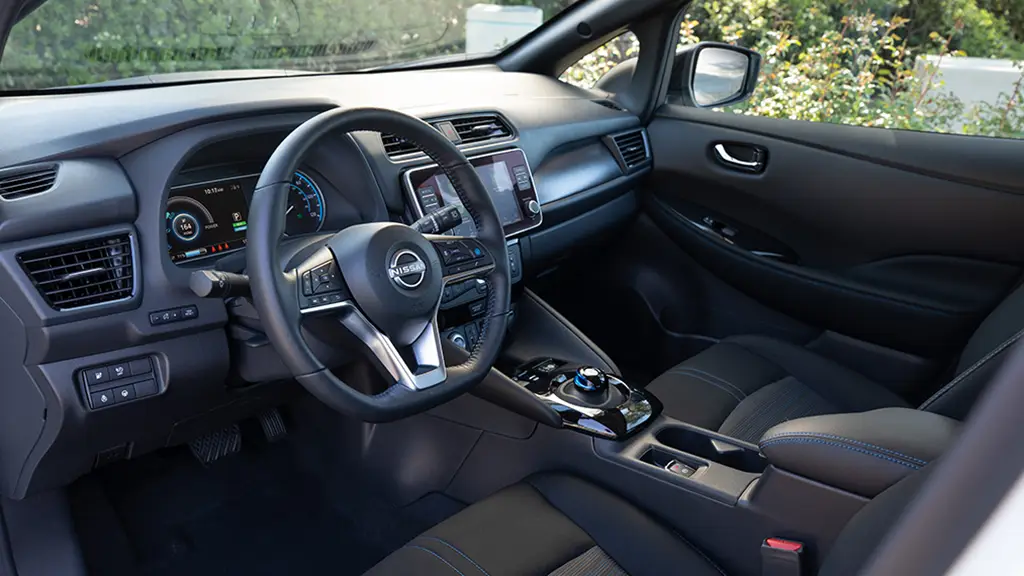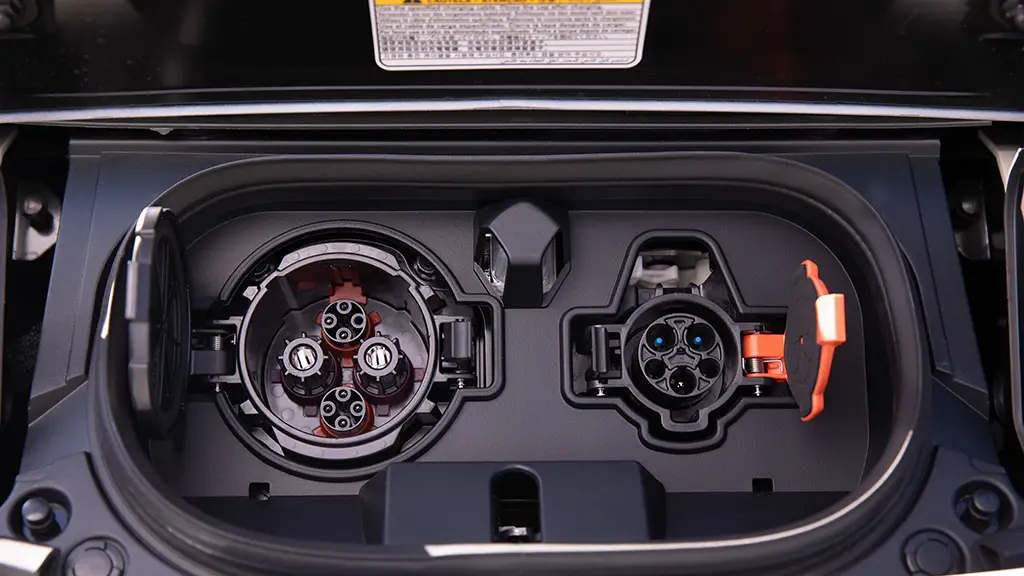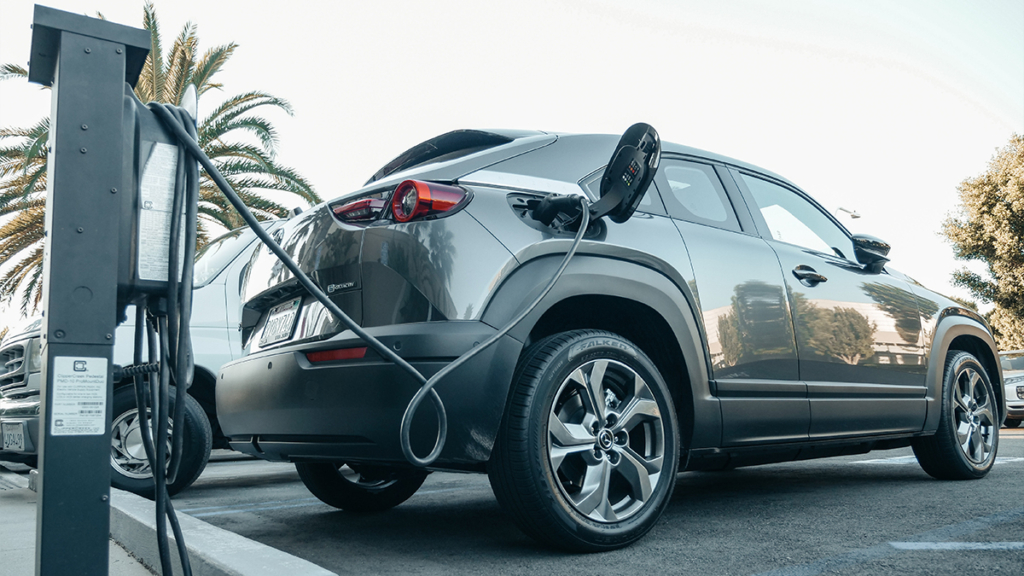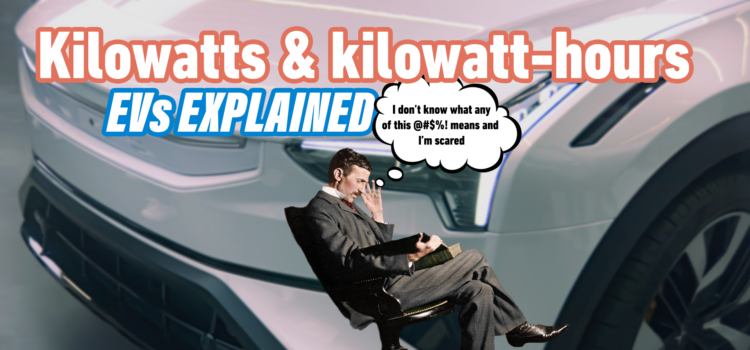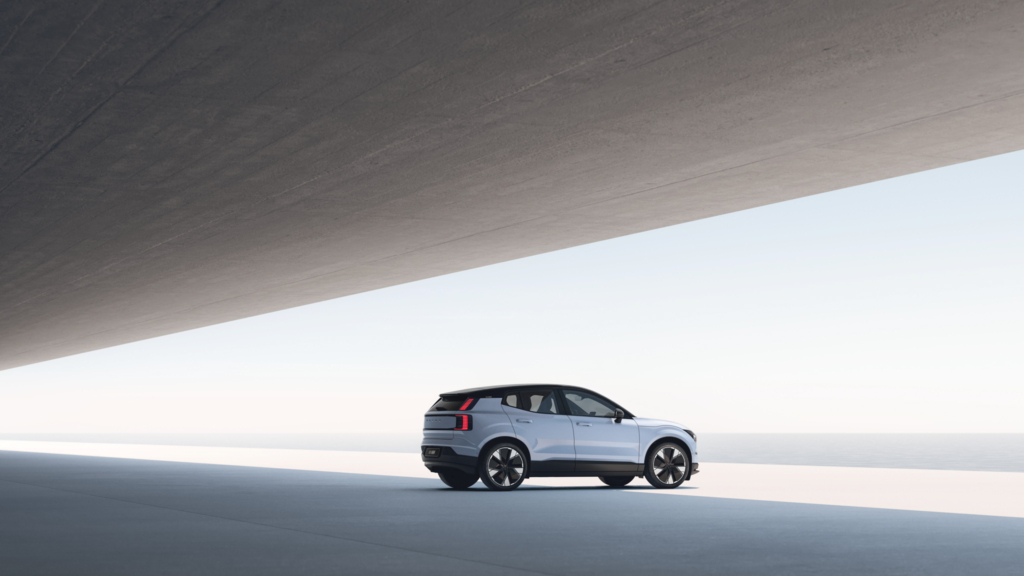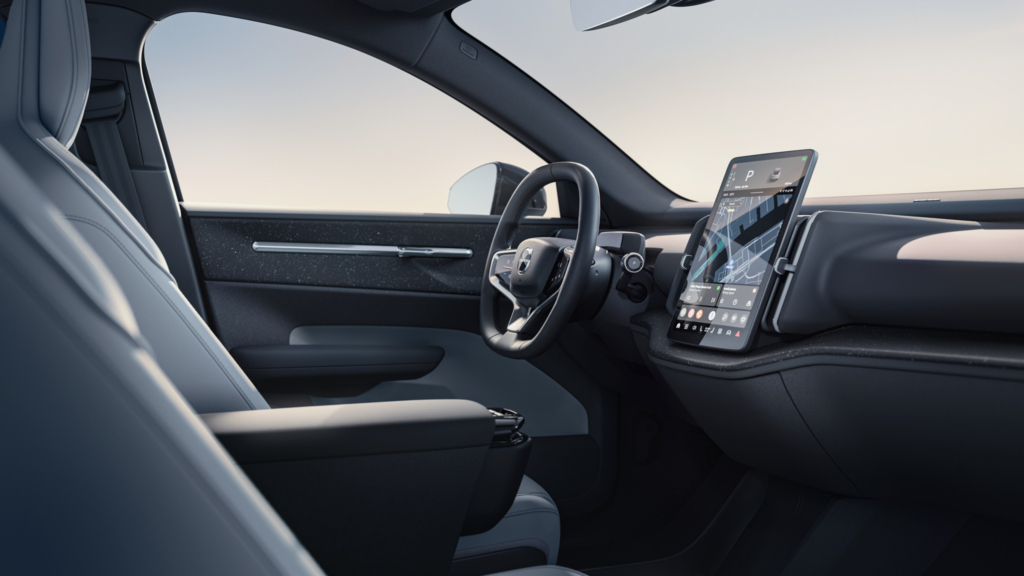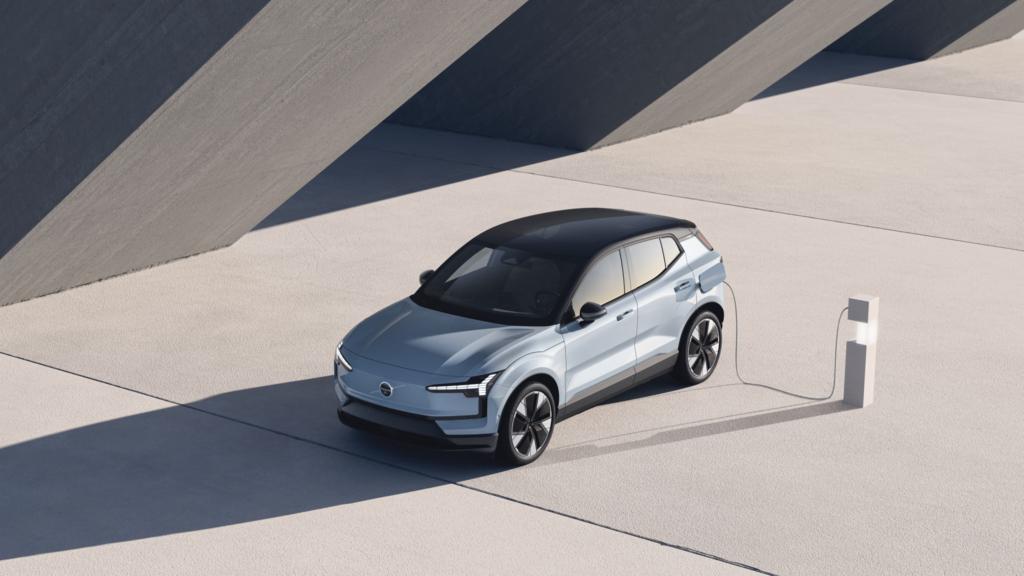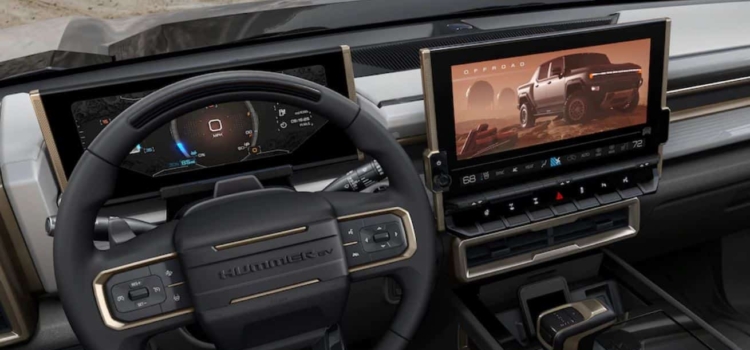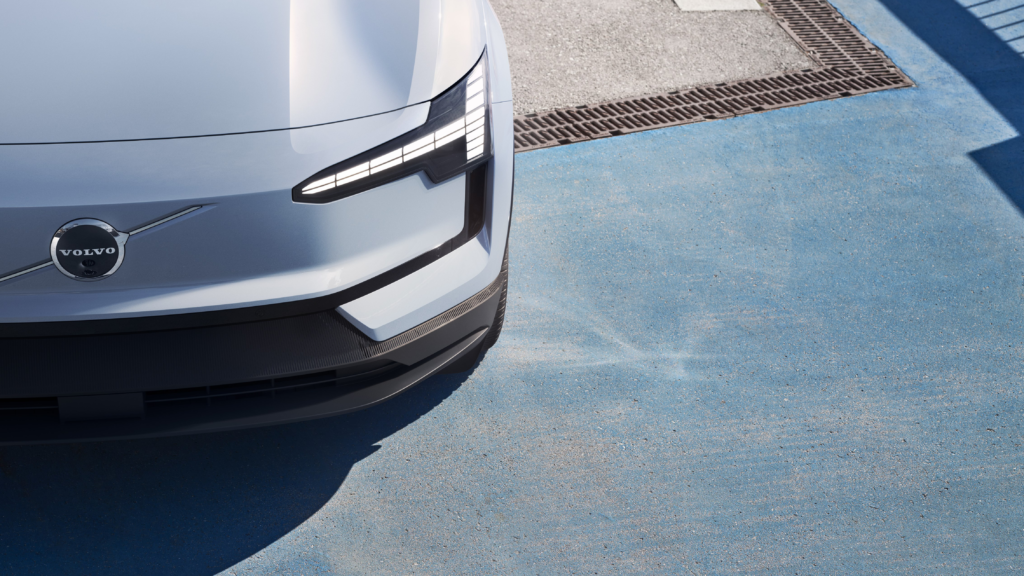Steer-by-wire has a bold future plagued by a rough history
Welcome back, and take your seats! Gather around as we prepare to dive into yet another cog in the grand machine that is electric vehicle technology. Today’s lesson is all about steer-by-wire. That’s right. It’s all about that bastard child of engineering and computer nerdery that has the underwear of purists everywhere in a bunch but the eyes of the tech-savvy glistening with excitement.
Now, tell the therapist how that assortment of words makes you feel. Enthused? Enlightened? Or are you feeling rage and disapproval at how car companies are soiling one of the last vestiges of tactility behind the wheel. This relatively-fresh flavor of steering is a perplexing and divisive topic, occasionally covered by everyone from auto mags to, uh, wait, banking institutions? Seriously?
Right. Well. To understand steer-by-wire, we must know where it came from and what are the things it gets terribly wrong and oh so right. After all, luxury marques were the first adopters only to phase it out, assign it new purposes, or completely halt its takeover. It has since become synonymous with electric cars as years pass, and the current iterations, which number few and far between, paint themselves as wayfarers leading us towards a new era of automotive engineering.
So what’s the hubbub with steer-by-wire? Why so much unrest, and why is it even still here? Let’s find out with yet another chapter in the EVs Explained handbook.
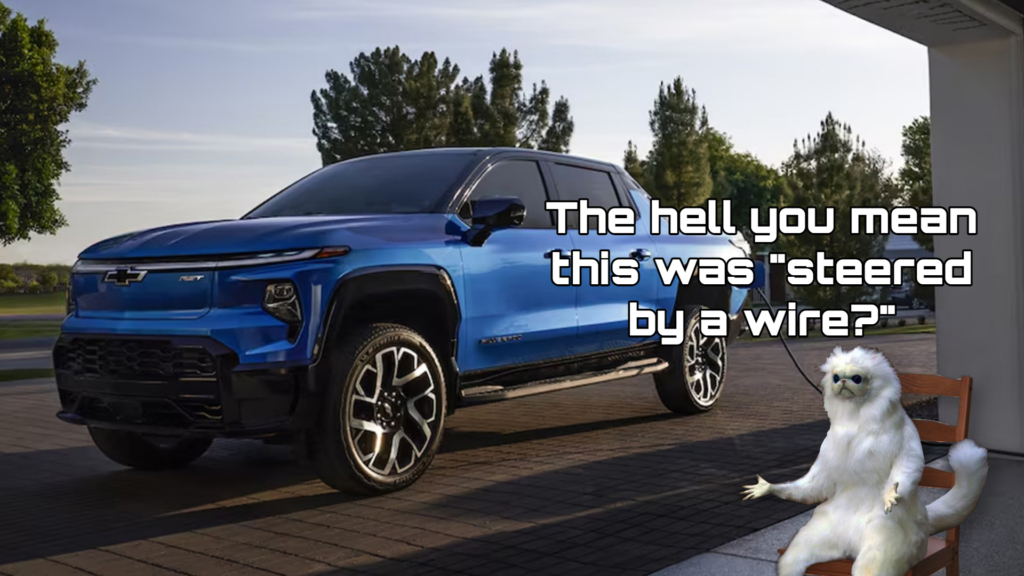
What is steer-by-wire?
Tell me what you think. I assure you that such tech is exactly what it sounds like. Steer-by-wire is fully-electronic steering controlled by, that’s right, wires. And also computers, can’t forget that. Aside from a tangible steering wheel or emergency failsafe steering shaft, there are no analog doohickeys whatsoever. The steering wheel is not directly connected to the front wheels versus traditional cars with more common power-assisted racks.
Think of an old Logitech steering wheel, an arcade game, or a cheap racing sim. It’s sort of like that with the intent of thrusting cars further towards enhanced safety and convenience.
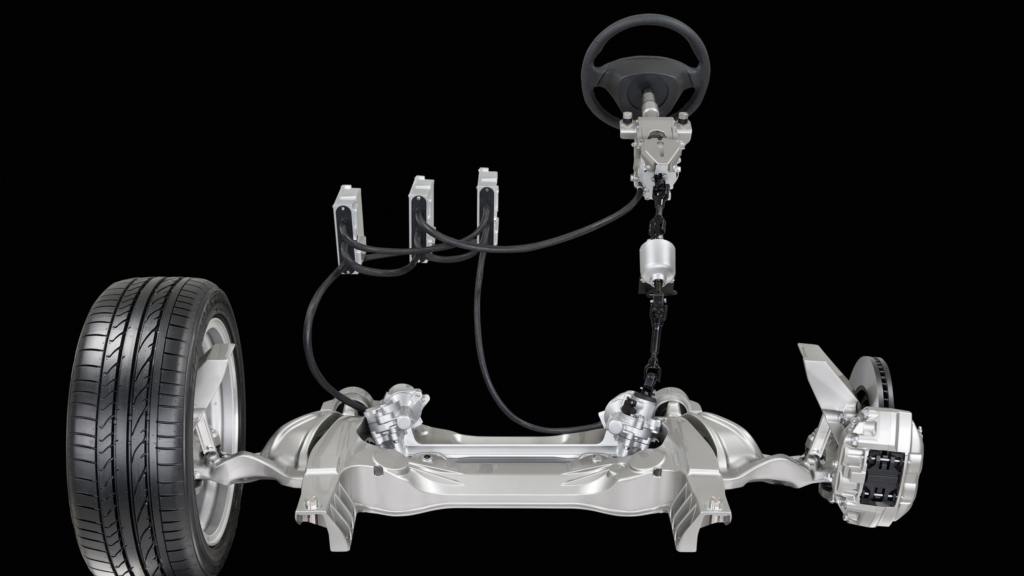
Okay, okay, but how does steer-by-wire work?
Kind of video-gamey.
The steering wheel sends a signal to a computer to decide how much steering input to provide. The computer(s), typically one or more dedicated ECUs, send these signals to control the actuators, which either work a steering rack or each wheel, to provide the appropriate amount of steering angle.
Steer-by-wire is not to be confused with electric power steering, which utilizes a traditional column and rack assisted by an electric motor. And it’s an astronomically far cry from your run-of-the-mill hydraulic power steering, which relies on an engine-driven hydraulic pump.
Lotus fans have been seething since the first paragraph, I know. I encourage you to take your daily dose of copium now. I’m right behind you.
The origin of steer-by-wire’s villain arc
Truthfully, there was nothing spectacular about the debut of steer-by-wire in cars. No grand history lesson. No lost tale of a forgotten start-up on the second page of Google. It was very much indeed the 2014 Infiniti Q50 sports sedan to be the first to launch with such a system, dubbed Direct Adaptive Steering, and it did so to a lukewarm reception.
It’s not an objectively bad method of turning the wheels. In fact, it did the job quite well. The wheels definitely did turn, oh yes they did. How it changed in terms of subjective measures, however, stirred heaps of controversy and dismay.
To summarize it in the best way my generation knows how: dogshit. If anything, early steer-by-wire was described as decent as the utmost attainable compliment.

At launch, a Motor Trend writer panned the fresh technology as “– artificial, disconnected, and even unpredictable.” These thoughts were revisited in their long-term test conclusion nearly two years later, as they described one staffer’s difficulties with placing the Q50 on the road. Another writer at Car and Driver expressed similar disdain, calling the DAS-equipped Q50 “wayward and lacking,” later noting how the standard electrically-assisted steering forgoes these problems for a more predictable experience.
Alas, Nissan would heed their words. After years of trying to ween it into traditional passenger cars, they would discontinue the system altogether. Infiniti ditched its innovative-but-flawed idea in less time than it reportedly took to develop.
But steer-by-wire had planted its roots, finding uses in other classes of cars and in niche safety and performance systems. However, while constant updates and refinements ironed out some skittishness, the core criticisms of nonexistent feel, inconsistent ratio tuning, and overly-artificial weight remain. No longer are these systems under such immense flak, but they haven’t risen to upstanding citizenship either.
“Maybe I don’t want to be the bad guy anymore.”
Yet, despite its rough maiden voyage, the history isn’t all first-model-year woes and half-baked programming. There were clear reasons for developing steer-by-wire and why it’s still tinkered with today in everything from EVs to endurance race cars. Steer-by-wire was ho-hum at its best then. Now it’s seeking to right its wrongs and position itself as the prime choice for a few select audiences before eventually tackling the entire car market.
In an ideal industry, we’d allow drivers to keep traditional steering systems, but we’d also let the automakers continue to cook. First-time recipes are always dicey, just like the first EVs. But put in the practice, and they’ll become worthy of a Michelin Star. Look at how we’ve progressed from the Mustang II to the Dark Horse or from the GM EV1 to the Lucid Air Sapphire. Let. Them. Cook.
That said, there have been three core values behind implementing steer-by-wire. Ones that ought to capture some attention and garner at least a teaspoon of respect for the companies trying to make this magic work: safety, steering responsiveness, and use in EV and autonomous vehicle development.
Safety first
From the safety side of things, a total steer-by-wire system eliminates the need for a physical shaft connecting the rack and steering wheel. Good for taking away one more potential hazard from thoracic injury, which is fancy-schmancy med school talk for “spearing you like rebar through Jamie Foxx’s chest in Baby Driver.” Of course, collapsible steering columns mostly negate those worries, but removing the shaft altogether can further seal the deal.
Steer-by-wire also works wonders for active safety systems. For instance, lane-keep assists or lane-tracking cruise control can easily nudge your steering to make the appropriate corrections. Or you know. Just ping pong you for being a dweeb who can’t drive straight. But hey, they’re working on that.
Not quite a safety concern but rather one of driver convenience, the variability and adaptability of steer-by-wire enables impossibly light steering weights and quick ratios. This makes them theoretically ideal for urban maneuverability, as Lexus is seeking to prove with their system’s 90-degree turns. Such an epiphany led some automakers to get particularly… cocky… with their steering wheel designs, which arguably can hamper safety as much as steer-by-wire helps it.
Ahem. Yolks aren’t cool, yo. Don’t even think about it, Mercedes.

Suppose this technology betrays us and decides to take the day off from functioning. In that case, failsafes built in, such as a clutch pack that engages some physical emergency connection, as Infiniti had done (note the emergency shaft pictured above). However, Toyota is taking a bold step forward with their bZ4X and Lexus RZ450e. You can spec an optional steer-by-wire system rocking zero mechanical connection (note the lack of any shaft pictured below). Instead, these EVs don small auxiliary batteries solely for the steering system to ensure the car can still maneuver, no matter the electrical failure.

Drive harder, steer faster.
From the steering response corner, steer-by-wire enters the ring with the potential to react far quicker to inputs than any traditional rack, as the need to twist a metal shaft side to side, regardless if it’s by an electric motor or hydraulic pump, is no more. In theory, this allows for a more dynamic driving and playful experience or, going back to safety, quicker emergency lane changes.
Full circle, see?
Since you’re relying on electrons moving along some copper wiring, you shouldn’t worry about suddenly “running out” of assistance during hard driving because a motor can spin fast enough or a pump loses pressure. This enhanced precision and speed have earned current steer-by-wire systems a place in the motorsports arena, having been wielded by DTM race cars and variants of stars like the Mercedes-AMG GT3 and Porsche Cayman GT4 race cars.
Here’s an especially exciting one! Technically speaking, steer-by-wire controls the rear-wheel steering systems in luxury and high-performance vehicles from brands like Porsche, Rolls Royce, Ferrari, Audi, and way more. It’s a far cry from hydraulic rear-wheel steer systems of old, such as the Nissan Skyline’s HICAS system.
“Squidward! Robots have taken over driving!”
Not the driving!
The age of autonomy is upon us, and we’re in its infancy. Soon, all our cars will belong to Skynet.
Kidding. They’ll have to fight me first. But for now, these robotized commuters can continue toddling around my home city with their goofy radars and cameras. They’re a test bed for honing steer-by-wire, the next ace up their sleeves.
Autonomous cars, and by extension electric cars, have become the prime host for steer-by-wire systems in the next wave of daily drivers for reasons that may be obvious. Deleting an electric power steering motor and shaft not only ditches complexity. It sheds weight and potentially higher power draws, further enhancing the efficiency of an EV. That means more range! And the infinitely tunable and variable steering that plays so well with driver assists bodes well for further developing autonomous driving.
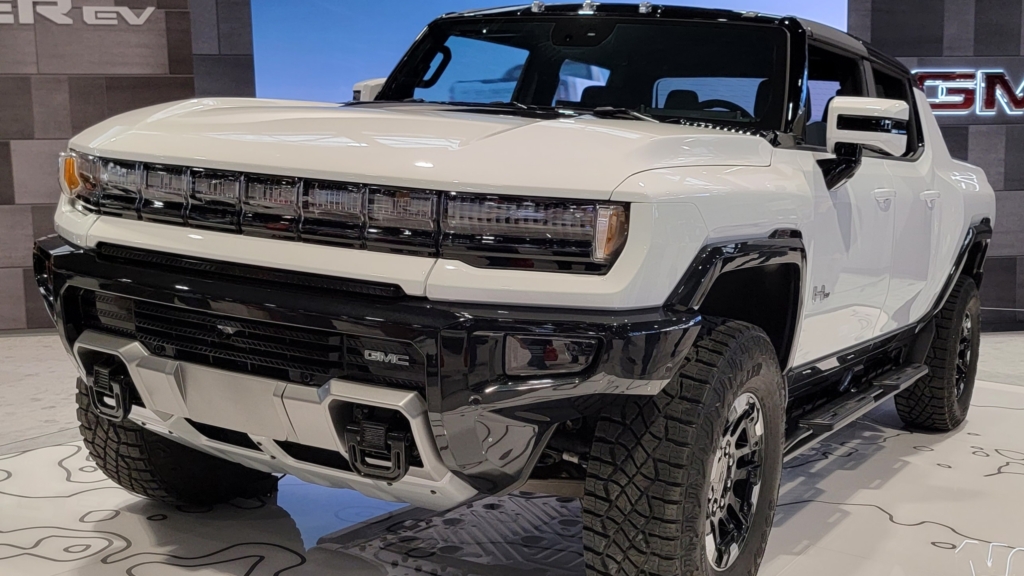
Steer-by-wire can react quicker to the needs of radar, cameras, and lidar and is superior for this specific use case, hence why it’s the steering system of choice for systems like Tesla Autopilot and GM Supercruise. And once we’ve perfected autonomous cars in probably 80 morbillion years (that’s a number now, I said so), steer-by-wire will allow for removing the steering wheel altogether to increase cabin space and possibly cut production costs.
Grim for enthusiasts, yes. It’s a real Cyberpunk 2077 and Watch Dogs: Legion-type beat, but it’s the endgame of autonomous vehicle engineers in the somewhat distant future. As for today, you can see steer-by-wire, whether optional or standard, equipped onto vehicles such as the Toyota bZ4X and Lexus RZ450e twins, the GMC Hummer EV and Silverado EV power duo, and all Teslas. Mercedes is due to follow suit with revised versions of the S-Class and EQS.
And I suppose used Q50s with Direct Adaptive Steering at your local buy-here-pay-here lots count too.
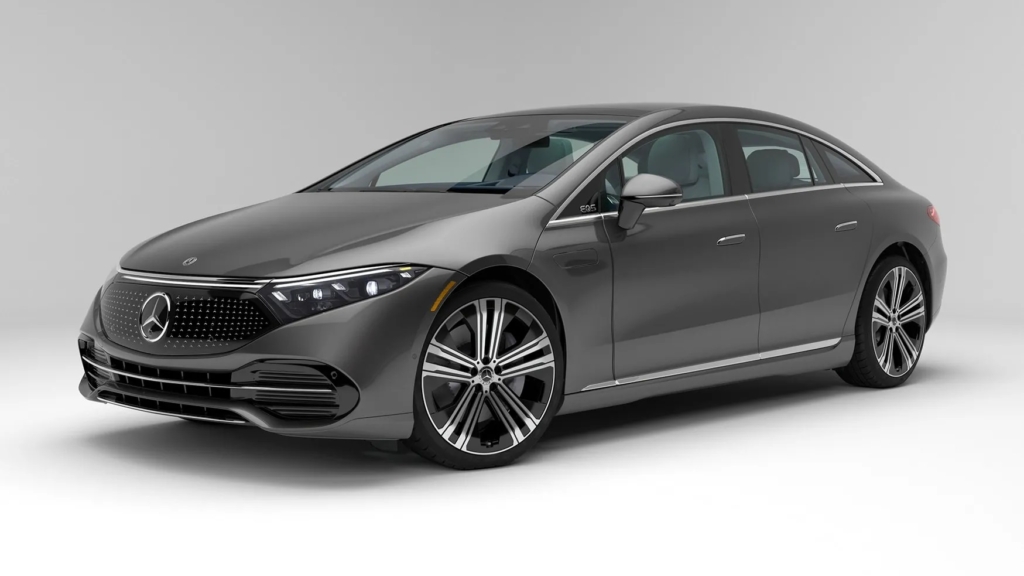
Ding, ding, ding, class dismissed!
In case I lost anyone, know automakers introduced steer-by-wire as a fully electrified steering system using ECUs, actuators, and wires instead of a traditional power-assisted rack. Deleting an electrically or hydraulically assisted steering shaft allows for greater mechanical simplicity, improved safety, and a broader spread of tuning capabilities for dynamic or comfort purposes.
The public ostracized steer-by-wire at launch for feeling wonky and unnatural in luxury sports sedans it debuted in. It eventually found its way into electric and autonomous vehicles. You can thank its efficiency and ability to mesh with a plethora of driver assists and semi-autonomous tech. Its subjective criticisms in traditional cars have persisted for years, but it has now proven to be a core component in fully autonomous car development.
To this day, only a handful of road cars and a few race cars feature steer-by-wire. They do so confidently, seeking to advance the species.
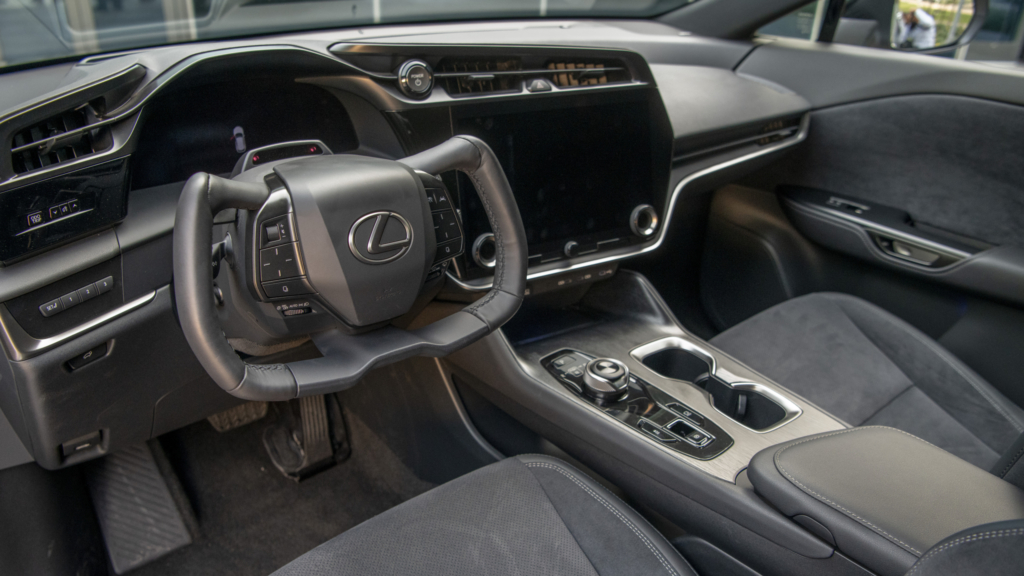
Them got dang robot cars is a coming!
Sure. But it won’t be any time soon as the technology continues developing and experiencing its share of hiccups and triumphs. Now we have a greater understanding of what it is. But is steer-by-wire the ultimate endgame at the mall parking lot or autocross course? Not today, it’s not.
Steer-by-wire, once arousing so much skepticism, is now striving for greatness in growing fields that welcome it with open arms. Still controversial, yes, but it’s here to stay alongside the old-school power steering enthusiasts undeniably love and commuters already know.
[Button id=”90″]






